The month of May opened with all of us still talking about the total solar eclipse on April 8, an event that we all assumed would go down as the singular celestial highlight of this year. As the one-month anniversary
President’s Message – May 2024
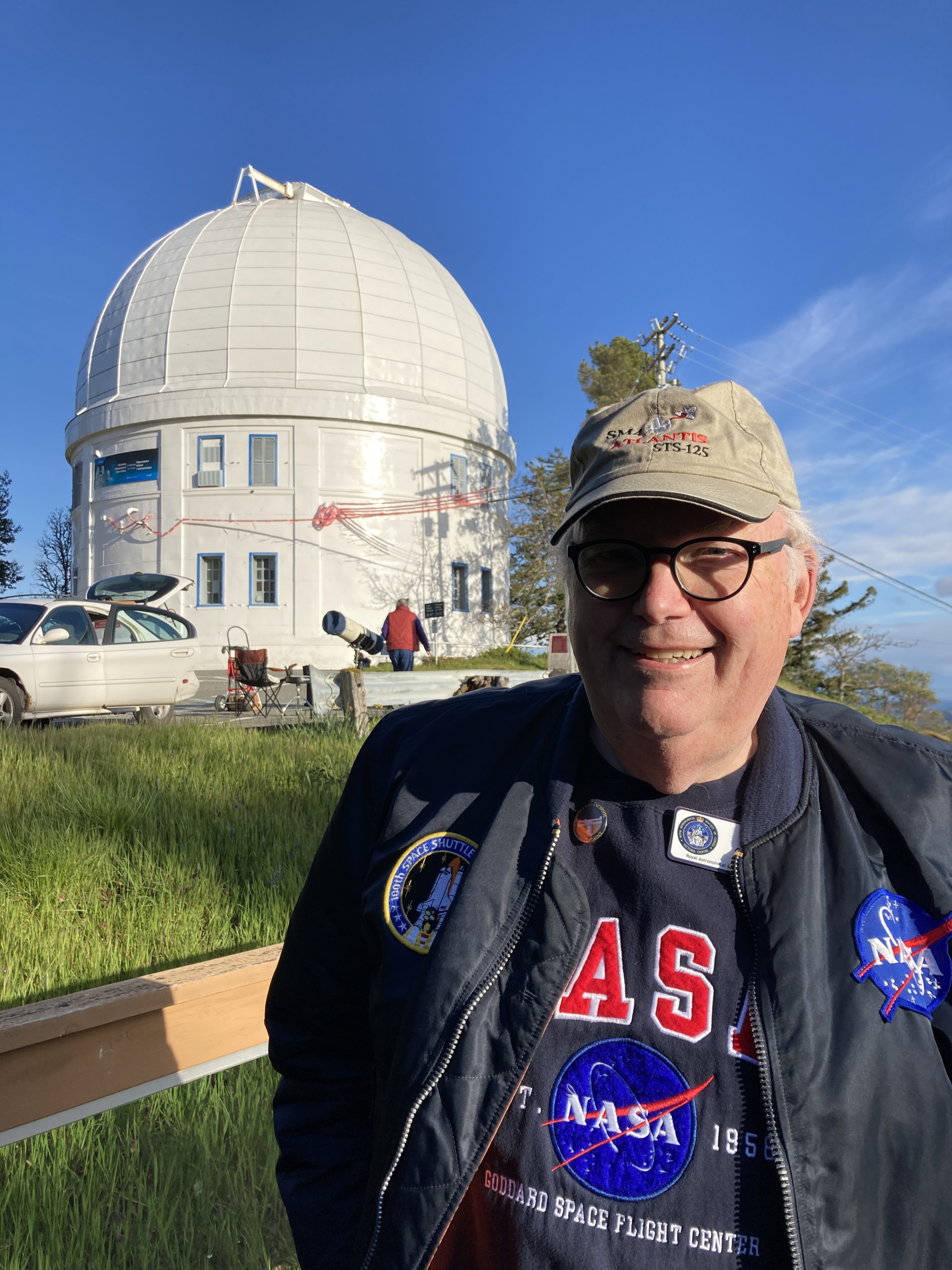

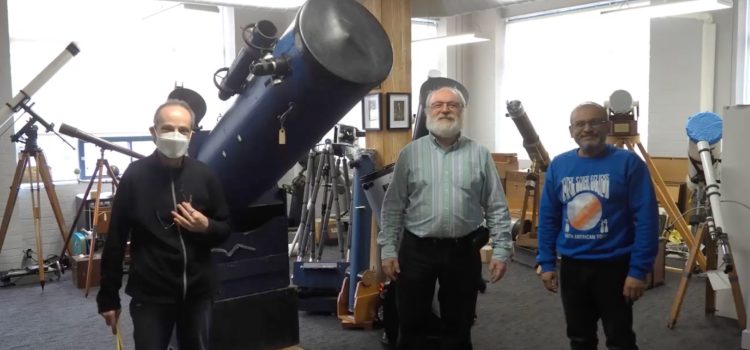
RASC General Assembly, Vancouver Island Science Fair, Cosmic Wonder book, Astronomy Day, Solar Eclipse topics, astronomy history
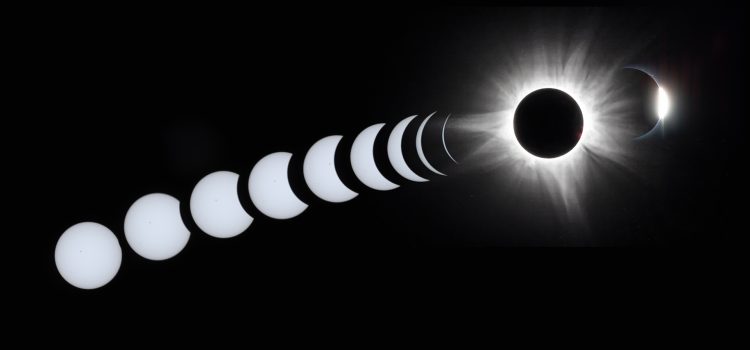
RASC National General Assembly, Voyager 1 & 2, Regional Science Fair, Astrophotography, Events, Book review, street lighting, Total Solar Eclipse reports from members, Astronomy Day.
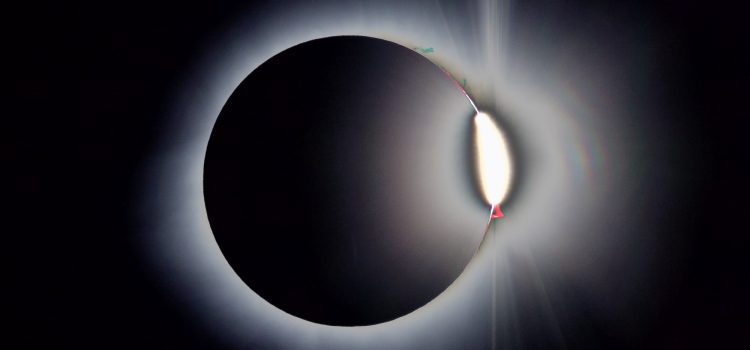
Oak Bay Lighting in Uplands, Total Solar Eclipse reports from members.
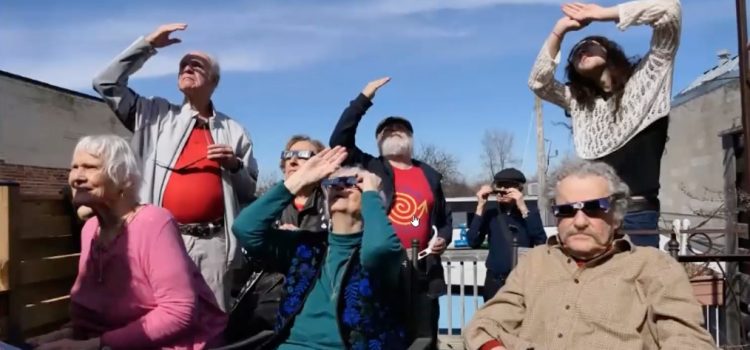
Total Solar Eclipse reports from members (through Randy Enkin).

Eclipse Photos by members Reports from our members Southern Ontario – Chris Gainor – blog “…we drove south from Windsor through Amherstberg into the path of totality. Many eclipse chasers in the area were already arriving in Point Pelee Park…we
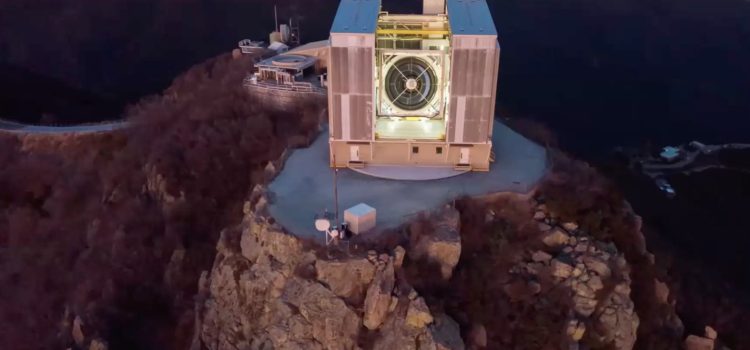
MMT Observatory on Mt. Hopkins by Kali Salmas, astro-tourism in Northern Arizona by Dave Payne.
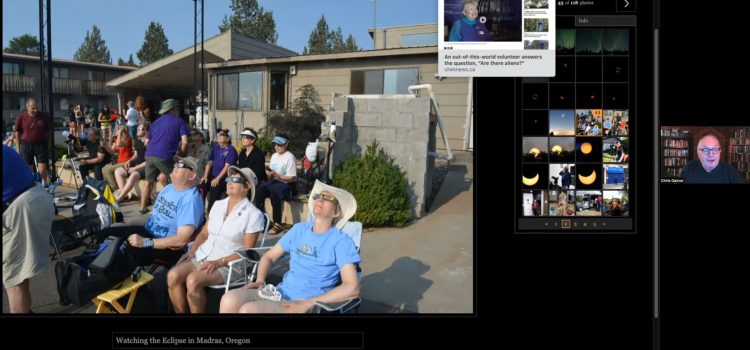
2024 Total Solar Eclipse (TSE) Information and Discussion, social dinner and events.
Video transcript of meeting Next Astro Cafe – March 4th – none for the rest of February